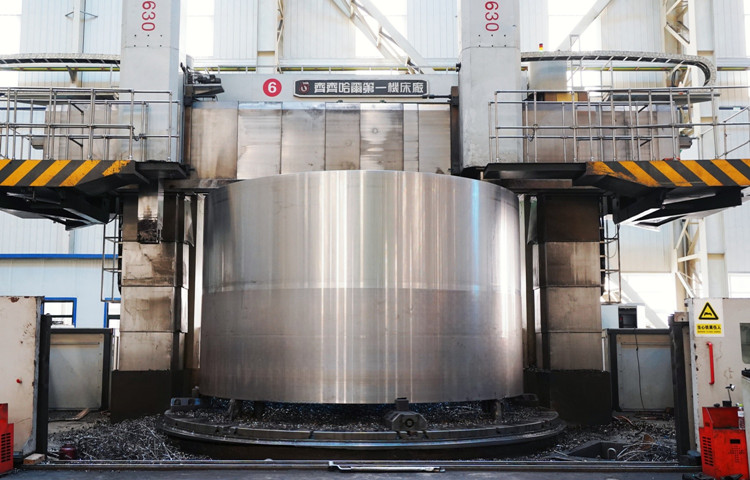- tyler@kirail.com
- +86 15603721115
The main task of forging quality inspection is to identify the quality of forgings, analyze the causes of forging defects, and propose effective prevention and improvement measures. This is an important way to improve and ensure the quality of forgings.

The general process of forging quality analysis is:
1. Raw material situation investigation
Raw material situation investigation includes raw material investigation and forging process investigation. The former needs to understand the quality of raw materials, as well as the smelting, refining and processing technology of raw materials. The latter needs to investigate whether the forging process specifications are reasonable and the actual implementation in forging production.
2. Clarify quality problems
Clarify quality problems mainly to clarify the causes, find out the defects of forgings and the macroscopic characteristics of the defects, and preliminarily judge whether it is caused by raw materials or the forgings themselves.
3. Experimental research and analysis
Experimental research and analysis is the main stage for determining the causes of forging defects, that is, sampling and analyzing defective forgings to determine their macroscopic and microstructural characteristics; if necessary, process parameter comparison tests are also required to study and analyze the causes of forging defects.
4. Propose solutions
Propose solutions. On the basis of clarifying the causes of forging defects, combined with production practice, propose preventive measures and solutions.